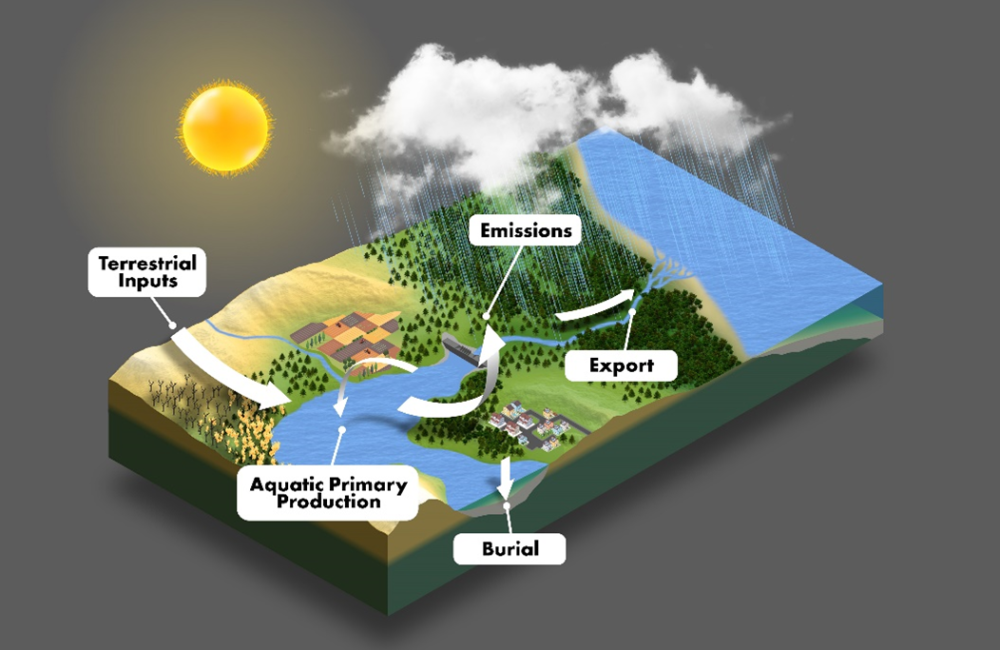2022-09-06 カリフォルニア大学サンタバーバラ校(UCSB)
研究者の評価によると、牛肉と羊肉は環境に最も大きな負担をかけ、その影響は、鶏肉、魚介類、ナッツ類など、環境への影響度が高い他のタンパク質のそれをはるかにしのぐものである。
ソーダやエナジードリンクなどの加工飲料は、米やフラットブレッドなどの植物由来の食料品とスペースを共有し、評価された食品の中で最も影響レベルが低いものと評価された。
研究者らは、成分表から得られる予備知識を用いて、各成分の組成を推測した。さらに、この情報と環境データベースを組み合わせて、温室効果ガス排出量、土地利用、水ストレス、富栄養化ポテンシャル(生産に伴う過剰な栄養分が周囲の環境や水路を汚染する可能性の大きさ)という4つの指標で影響を測定した。
植物由来の加工度の低い食品は、人間にとっても環境にとっても健康的であり、加工度の高い穀物や乳製品は、健康的でない食品に分類される。
<関連情報>
- https://www.news.ucsb.edu/2022/020706/nutrition-label-earth
- https://www.pnas.org/doi/10.1073/pnas.2120584119
食品57,000品目の環境負荷の推計 Estimating the environmental impacts of 57,000 food products
Michael Clark , Marco Springmann, Mike Rayner , Jason Hill , David Tilman, Jennie I. Macdiarmid, Jessica Fanzo, Lauren Bandy, and Richard A. Harrington
Proceedings of the National Academies of Science Published:August 8, 2022
DOI:https://doi.org/10.1073/pnas.2120584119

Significance
One barrier to enabling transitions to more environmentally sustainable food systems is the lack of detailed environmental impact information. We provide an initial approach to overcome this barrier using publicly available information to derive first estimates of the environmental impact of >57,000 food products across four indicators: greenhouse gas emissions, land use, water stress, and eutrophication potential. Pairing it with a measure of nutrition shows a tendency for more nutritious foods to be more environmentally sustainable, and that like-for-like substitutes can have highly variable environmental and nutritional impacts. By estimating the environmental impacts of food products in a standardized way, our approach provides a step to enable informed decision making by end users such as consumers and policy makers.
Abstract
Understanding and communicating the environmental impacts of food products is key to enabling transitions to environmentally sustainable food systems [El Bilali and Allahyari, Inf. Process. Agric. 5, 456–464 (2018)]. While previous analyses compared the impacts of food commodities such as fruits, wheat, and beef [Poore and Nemecek, Science 360, 987–992 (2018)], most food products contain numerous ingredients. However, because the amount of each ingredient in a product is often known only by the manufacturer, it has been difficult to assess their environmental impacts. Here, we develop an approach to overcome this limitation. It uses prior knowledge from ingredient lists to infer the composition of each ingredient, and then pairs this with environmental databases [Poore and Nemecek Science 360, 987–992 (2018); Gephart et al., Nature 597, 360–365 (2021)] to derive estimates of a food product’s environmental impact across four indicators: greenhouse gas emissions, land use, water stress, and eutrophication potential. Using the approach on 57,000 products in the United Kingdom and Ireland shows food types have low (e.g., sugary beverages, fruits, breads), to intermediate (e.g., many desserts, pastries), to high environmental impacts (e.g., meat, fish, cheese). Incorporating NutriScore reveals more nutritious products are often more environmentally sustainable but there are exceptions to this trend, and foods consumers may view as substitutable can have markedly different impacts. Sensitivity analyses indicate the approach is robust to uncertainty in ingredient composition and in most cases sourcing. This approach provides a step toward enabling consumers, retailers, and policy makers to make informed decisions on the environmental impacts of food products.


